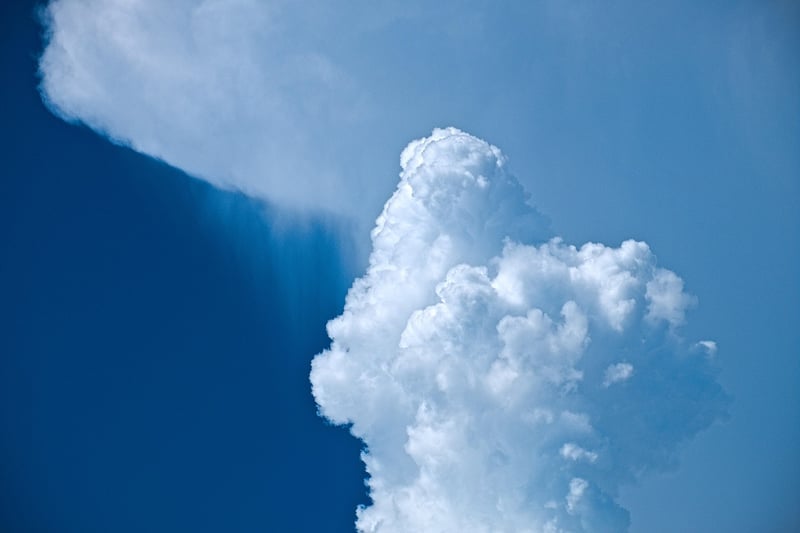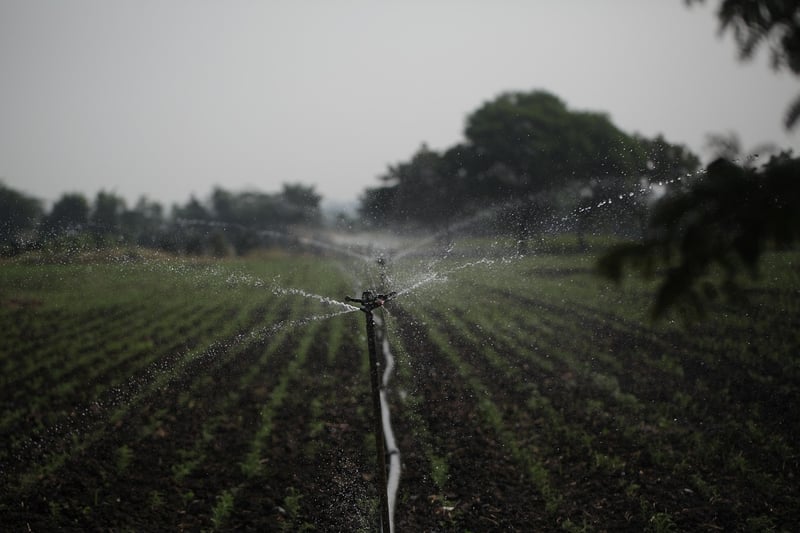Water Conservation
Designing with Nature in Mind: Water Conservation
As our awareness of environmental issues grows, so does the importance of designing with nature in mind. One critical aspect of this approach is water conservation. By implementing water-saving strategies in our designs, we can minimize water waste and contribute to the sustainable use of this precious resource.
Why Water Conservation Matters
Water is essential for life, yet it is a finite resource. With growing populations and increasing demands, water scarcity has become a significant concern in many parts of the world. By conserving water, we can help ensure an adequate supply for current and future generations.
Strategies for Water Conservation in Design
There are several strategies that designers can incorporate to promote water conservation:
- Xeriscaping: Utilizing drought-resistant plants and landscaping techniques to reduce the need for irrigation.
- Water-efficient fixtures: Installing low-flow faucets, toilets, and showerheads to minimize water usage in buildings.
- Rainwater harvesting: Collecting and storing rainwater for landscape irrigation and other non-potable uses.
- Permeable paving: Using porous materials for driveways and walkways to allow rainwater infiltration and reduce runoff.
Benefits of Water Conservation in Design
Implementing water conservation measures in design offers numerous benefits, including:
- Reduced water bills for property owners
- Less strain on municipal water supplies
- Protection of natural ecosystems and wildlife habitats
- Enhanced resilience to drought and water shortages
Conclusion
Designing with nature in mind, particularly when it comes to water conservation, is not only environmentally responsible but also economically beneficial. By incorporating water-saving strategies into our designs, we can help preserve this vital resource for future generations.

Image Source: Pixabay
